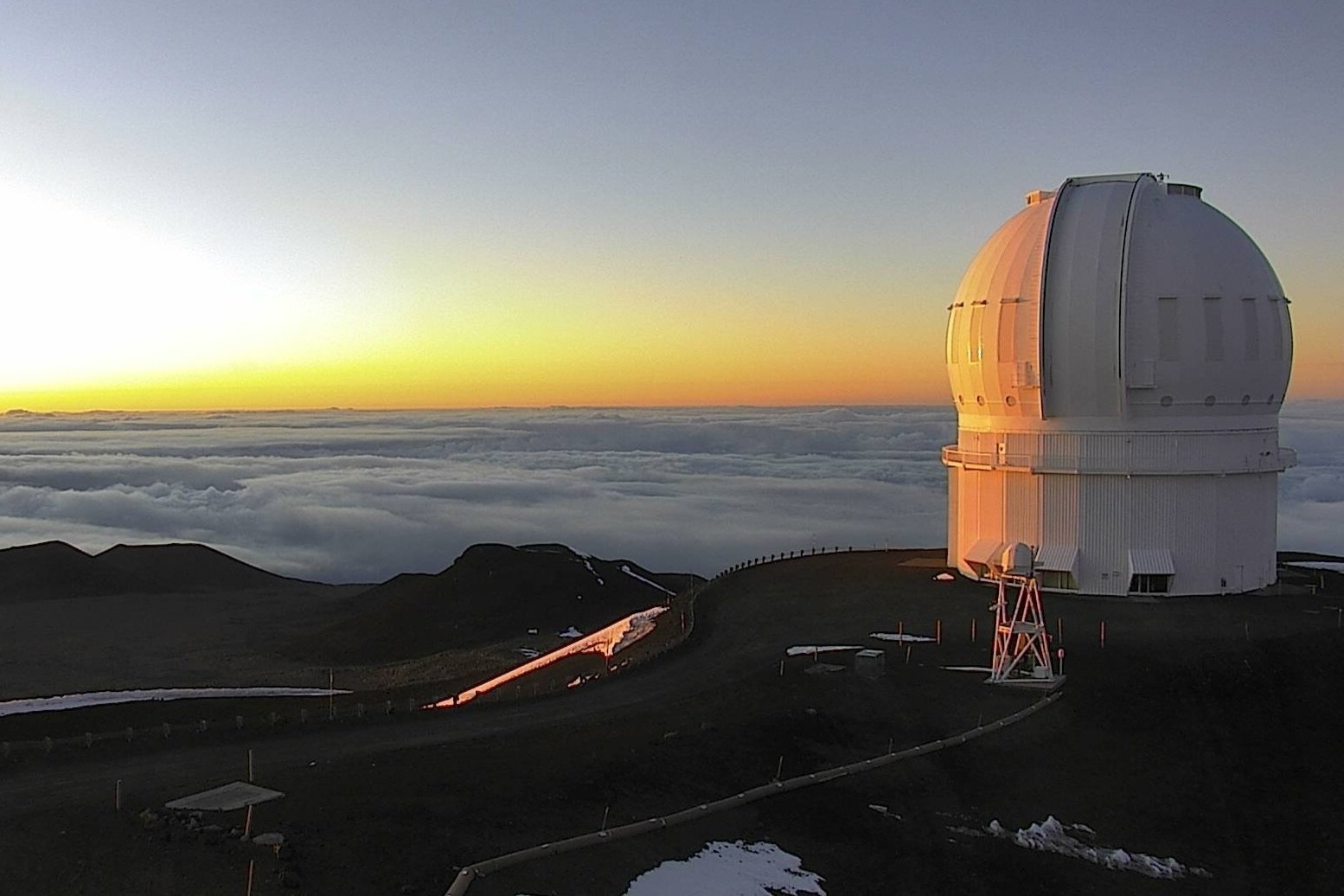Hidden Wonders Of Hawaii’s Mauna Kea Summit Observatories

Have you ever wondered what makes Mauna Kea Summit Observatories so special? Perched high above the clouds on Hawaii's tallest mountain, these observatories offer a unique glimpse into the universe. Scientists from around the world flock here to study the stars, planets, and galaxies. But it’s not just for astronomers. Visitors can also experience breathtaking sunsets, crystal-clear night skies, and even a bit of snow in winter. Whether you're a stargazer, a nature lover, or just curious, Mauna Kea has something magical to offer. Ready to learn more about this incredible destination? Let's dive in!
The Magic of Mauna Kea
Mauna Kea, a dormant volcano on Hawaii's Big Island, is home to some of the world's most advanced observatories. Perched at nearly 14,000 feet above sea level, these observatories offer a unique glimpse into the universe. Let's explore some of the hidden wonders you can find at Mauna Kea's summit.
W. M. Keck Observatory
The W. M. Keck Observatory houses two of the largest optical and infrared telescopes in the world. These twin giants have been instrumental in numerous astronomical discoveries.
- Keck I Telescope: This telescope has a 10-meter primary mirror, making it one of the most powerful in the world. It has helped astronomers study distant galaxies, black holes, and exoplanets.
- Keck II Telescope: Similar to its twin, Keck II also boasts a 10-meter mirror. It works in tandem with Keck I to provide detailed images of celestial objects.
Subaru Telescope
Operated by the National Astronomical Observatory of Japan, the Subaru Telescope is another marvel at Mauna Kea. It specializes in wide-field imaging and spectroscopy.
- Hyper Suprime-Cam: This camera can capture images of the night sky with incredible detail, covering a wide field of view. It's perfect for studying large-scale structures in the universe.
- Subaru Prime Focus Spectrograph: This instrument allows astronomers to analyze the light from distant stars and galaxies, helping to uncover their compositions and movements.
Gemini Observatory
The Gemini Observatory consists of two telescopes, one in the Northern Hemisphere (Mauna Kea) and one in the Southern Hemisphere (Chile). This setup allows for comprehensive sky coverage.
- Gemini North Telescope: Located on Mauna Kea, this 8.1-meter telescope is equipped with advanced adaptive optics, which corrects for atmospheric distortions. It provides some of the clearest images of the night sky.
- Gemini Multi-Object Spectrograph: This instrument can observe multiple objects simultaneously, making it ideal for large-scale surveys of stars and galaxies.
James Clerk Maxwell Telescope
The James Clerk Maxwell Telescope (JCMT) specializes in submillimeter astronomy, studying the cold universe. It's particularly useful for observing star formation and molecular clouds.
- SCUBA-2 Camera: This camera is designed to detect submillimeter wavelengths, revealing the cold dust and gas in star-forming regions. It's one of the most sensitive instruments of its kind.
- HARP Spectrometer: This spectrometer can map the distribution of molecules in space, providing insights into the processes that lead to star and planet formation.
Canada-France-Hawaii Telescope
The Canada-France-Hawaii Telescope (CFHT) is known for its wide-field imaging capabilities. It has contributed to many significant discoveries in astronomy.
- MegaCam: This camera can capture wide-field images with high resolution, making it ideal for studying large areas of the sky. It's been used to discover new galaxies and study dark matter.
- Espadons Spectropolarimeter: This instrument can measure the magnetic fields of stars, helping astronomers understand stellar activity and evolution.
Caltech Submillimeter Observatory
Although it ceased operations in 2015, the Caltech Submillimeter Observatory (CSO) made significant contributions to submillimeter astronomy during its time.
- SHARC-II Camera: This camera was used to study the cold universe, including star-forming regions and distant galaxies. Its data continues to be valuable for astronomers.
- Z-Spec Spectrometer: This instrument could measure the redshift of distant galaxies, helping to determine their distances and ages.
Very Long Baseline Array
The Very Long Baseline Array (VLBA) is a network of ten radio telescopes spread across the United States, with one located on Mauna Kea. It provides incredibly detailed images of radio sources.
- VLBA Mauna Kea Station: This station contributes to the array's ability to achieve high-resolution imaging. It's used to study everything from black holes to the structure of our galaxy.
Embrace the Magic of Mauna Kea
Mauna Kea's summit observatories offer a unique experience. The stunning views, clear skies, and cutting-edge telescopes make it a must-visit. Whether you're an astronomy enthusiast or just love breathtaking landscapes, this spot has something special. The journey to the summit is an adventure in itself, with diverse landscapes and rich cultural history along the way. Remember to respect the sacred nature of the mountain, as it holds deep significance for Native Hawaiians. Plan your visit, dress warmly, and prepare for an unforgettable experience. Mauna Kea isn't just a place to see stars; it's a place to feel connected to the universe. Don't miss out on this hidden wonder. Your trip to Hawaii won't be complete without a visit to Mauna Kea's summit observatories.

